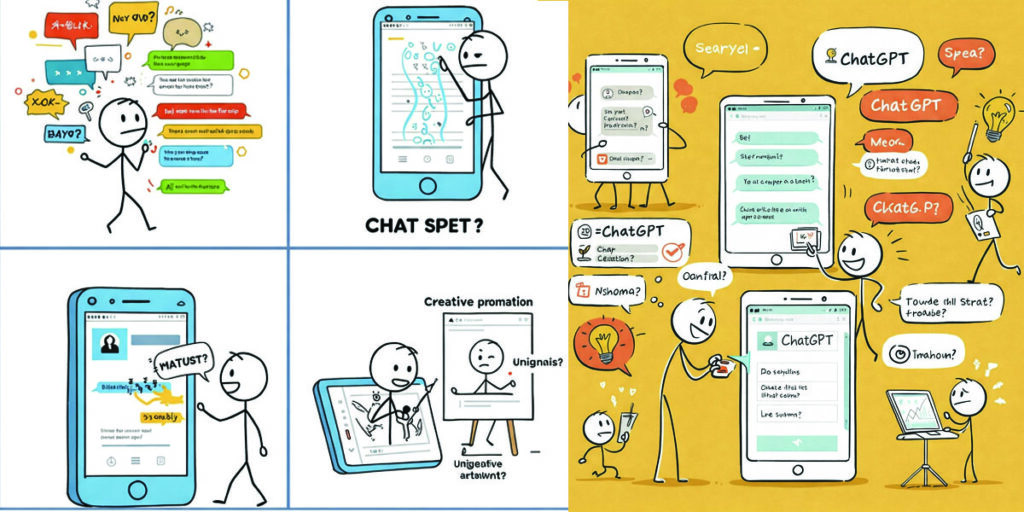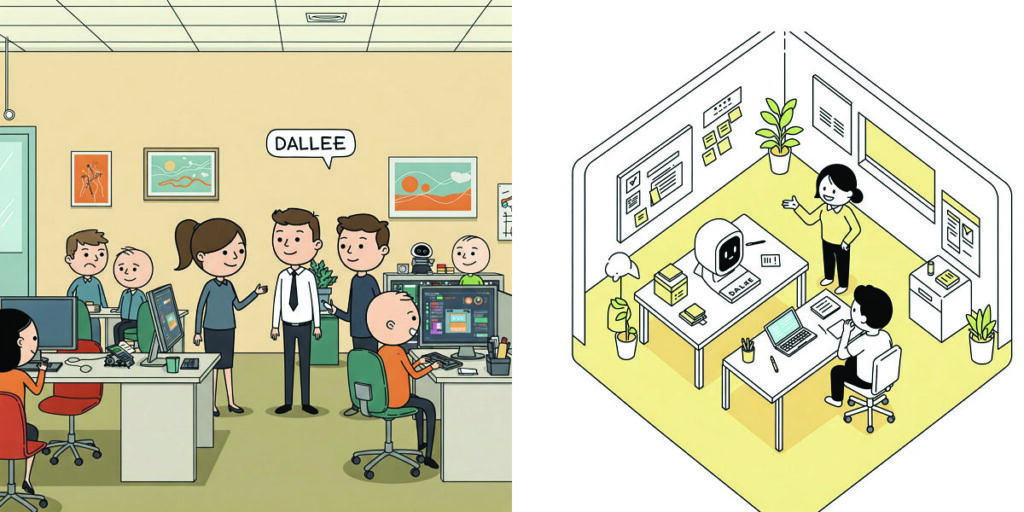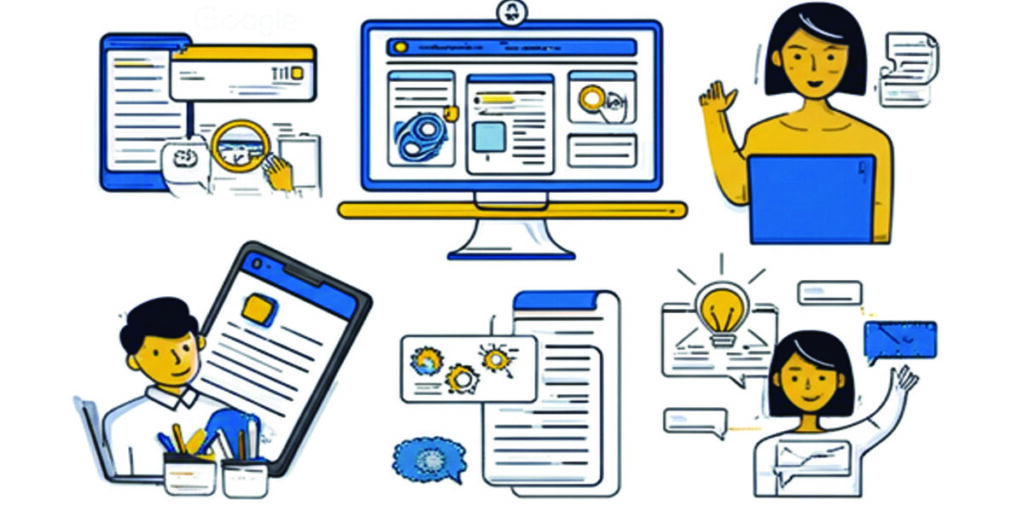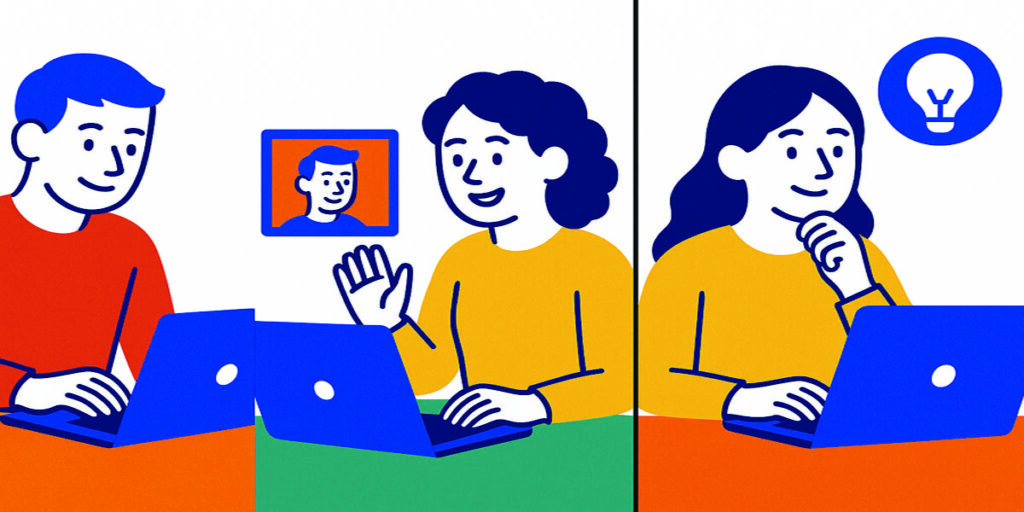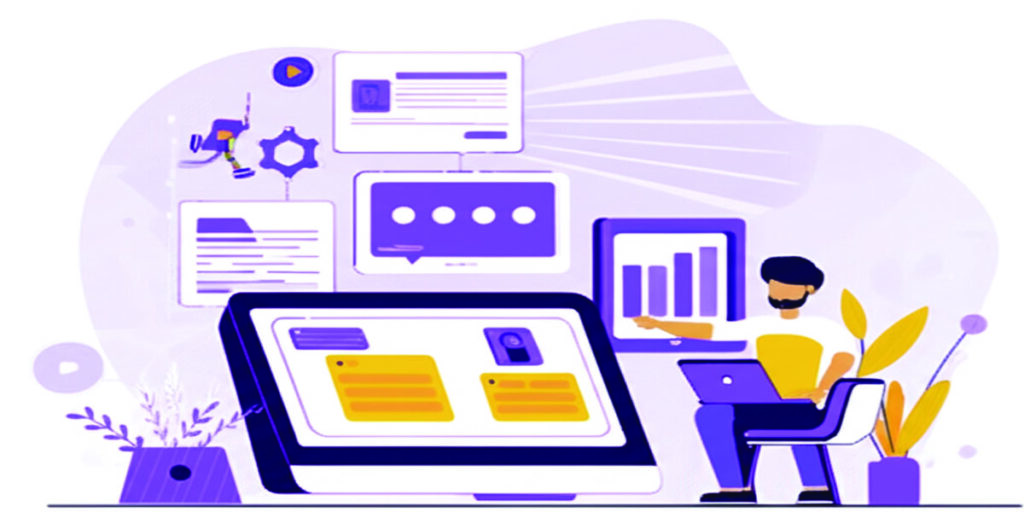Cohere, a name increasingly resonating within the artificial intelligence landscape, stands at the forefront of natural language processing (NLP). This innovative company has carved a niche by offering powerful large language models (LLMs) specifically designed for text understanding and generation. Its emergence is not an isolated event but rather a confluence of historical advancements in AI, the dynamic forces of the economic market, and the burgeoning network effects that amplify its impact. To truly understand Cohere’s significance, we must delve into these interconnected realms.
A Historical Tapestry: The Evolution of Language AI
The journey towards sophisticated language AI like Cohere’s LLMs is a long and winding one, marked by pivotal breakthroughs and paradigm shifts. Early attempts at natural language processing in the mid-20th century were rule-based, relying on meticulously crafted sets of linguistic rules to enable computers to understand and generate human language. These systems, while groundbreaking for their time, proved brittle and struggled to handle the inherent complexity and ambiguity of natural language. Think of early machine translation efforts that often produced humorous and nonsensical outputs due to their rigid adherence to grammatical rules without contextual understanding.
The late 1980s and 1990s witnessed the rise of statistical NLP. Instead of relying on explicit rules, these approaches leveraged vast amounts of text data to learn statistical patterns and probabilities associated with language. Techniques like Hidden Markov Models (HMMs) and n-gram models allowed for more robust and adaptable language processing, finding applications in areas like speech recognition and part-of-speech tagging. This era marked a crucial step towards machines learning from data rather than being explicitly programmed.
The early 21st century ushered in the era of machine learning, with algorithms like Support Vector Machines (SVMs) and Conditional Random Fields (CRFs) further enhancing NLP capabilities. These models could learn more complex relationships within the data, leading to improvements in tasks like text classification and information extraction. The increasing availability of larger datasets and more powerful computing resources fueled this progress.
However, the most significant leap forward in NLP came with the advent of deep learning in the 2010s. Artificial Neural Networks (ANNs) with multiple layers, capable of learning hierarchical representations of data, revolutionized various fields, including NLP. Recurrent Neural Networks (RNNs), particularly Long Short-Term Memory (LSTM) networks, proved highly effective in processing sequential data like text, enabling significant advancements in machine translation, sentiment analysis, and text summarization. The ability of these models to capture long-range dependencies in text was a game-changer.
The Transformer architecture, introduced in 2017, marked another inflection point. Unlike RNNs that process text sequentially, Transformers utilize a mechanism called “attention” to weigh the importance of different words in a sentence when processing it. This parallel processing capability allowed for the training of much larger models on massive datasets, leading to the emergence of the large language models (LLMs) that underpin Cohere’s technology. Models like GPT (Generative Pre-trained Transformer) demonstrated an unprecedented ability to generate coherent and contextually relevant text, opening up new possibilities for AI-powered language applications.
Cohere emerged in this landscape, building upon the foundations laid by decades of research and development in NLP and deep learning. Its focus on creating accessible and powerful LLMs for businesses reflects the culmination of these historical trends, aiming to democratize access to advanced language AI capabilities.
Navigating the Economic Market: Demand, Competition, and Value Proposition
The economic market for NLP-powered AI solutions is experiencing exponential growth, driven by the increasing recognition of the value that language understanding and generation can bring to various industries. Cohere operates within this dynamic market, characterized by both immense opportunity and intense competition.
The demand for NLP solutions is fueled by several key factors. Firstly, the sheer volume of unstructured text data being generated daily – from customer reviews and social media posts to emails and documents – presents a significant challenge and opportunity for businesses. NLP technologies enable organizations to extract valuable insights from this data, automate tasks, improve customer experiences, and make data-driven decisions. For instance, analyzing customer feedback at scale to identify pain points or using AI to automate the generation of marketing copy.
Secondly, the increasing sophistication of AI models, particularly LLMs, has unlocked new applications previously considered science fiction. The ability to generate human-quality text, understand nuanced language, and engage in conversational AI has created a demand for tools that can power chatbots, content creation, summarization, and more. Cohere directly addresses this demand by providing access to state-of-the-art LLMs through its platform.
However, the market is also highly competitive. Major technology players like Google (with its PaLM and Gemini models), OpenAI (with the GPT series), and Meta (with Llama) have invested heavily in developing their own LLMs and NLP platforms. These companies often possess significant resources and established infrastructure, posing a considerable challenge to newer entrants like Cohere.
To thrive in this competitive landscape, Cohere needs to offer a compelling value proposition. This includes several key aspects:
- Performance and Capabilities: Cohere’s models must demonstrate strong performance across various NLP tasks, offering accuracy, coherence, and contextual understanding comparable to or exceeding that of competitors. They need to showcase unique capabilities or optimizations that cater to specific business needs. For example, Cohere emphasizes enterprise-grade reliability, security, and data privacy, which are crucial for business adoption.
- Ease of Use and Accessibility: A user-friendly platform and well-documented APIs are essential for attracting developers and businesses. Cohere’s focus on providing an accessible platform lowers the barrier to entry for organizations looking to leverage LLMs without needing in-house AI expertise.
- Customization and Fine-tuning: The ability to customize and fine-tune pre-trained models on specific datasets is crucial for achieving optimal performance in niche applications. Cohere offers tools and services that allow businesses to adapt its LLMs to their unique data and requirements. For example, a legal firm might fine-tune a model on legal documents to improve its ability to understand and generate legal text.
- Pricing and Business Model: A competitive and transparent pricing structure is vital for attracting a broad range of customers. Cohere’s pricing model needs to balance the cost of providing access to powerful LLMs with the need to be attractive to businesses of different sizes and budgets.
- Focus on Responsible AI: In an era of increasing concern about the ethical implications of AI, a commitment to responsible AI development and deployment is a significant differentiator. Cohere emphasizes safety, transparency, and the mitigation of potential biases in its models.
By excelling in these areas, Cohere can carve out a strong position in the rapidly evolving economic market for NLP-powered AI. Its focus on enterprise needs and responsible AI practices could be key differentiators in a crowded field.
The Power of Networks: Amplifying Cohere’s Reach and Impact
Beyond the historical context and market dynamics, the success and influence of Cohere are also significantly shaped by network effects. In the context of AI platforms, network effects can manifest in several ways, creating a virtuous cycle of growth and adoption.
One key aspect is the developer ecosystem. As more developers adopt Cohere’s platform and integrate its LLMs into their applications, the value of the platform increases for everyone. A larger developer community leads to:
- More integrations and tools: Developers build libraries, tools, and integrations that extend the functionality and ease of use of the platform, making it more attractive to other developers.
- Shared knowledge and support: A vibrant community fosters knowledge sharing, peer support, and the creation of tutorials and resources, helping new users get started and overcome challenges.
- Feedback and innovation: The collective feedback from a large developer base provides valuable insights for Cohere to improve its models and platform, driving further innovation.
For example, if developers create popular integrations for connecting Cohere’s LLMs to various data sources or deployment environments, it becomes easier for businesses to adopt the technology, further attracting more developers.
Another important network effect arises from data and model improvement. As more users interact with applications powered by Cohere’s LLMs, the platform can potentially gather more data (while respecting privacy and security) that can be used to further train and improve the models. This continuous learning loop enhances the performance and capabilities of the LLMs, making them more valuable to existing and new users.
Furthermore, partnerships and collaborations can create strong network effects. By partnering with other technology providers, system integrators, and industry-specific solution providers, Cohere can expand its reach and access new customer segments. These partnerships can lead to bundled offerings and integrated solutions that provide greater value to customers than standalone products. For instance, a partnership with a CRM software provider to integrate Cohere’s language generation capabilities for automated customer communication would create a compelling offering for businesses using that CRM.
Finally, brand recognition and trust can also be amplified by network effects. As more reputable companies and developers adopt and publicly endorse Cohere’s platform, its credibility and brand recognition increase. This, in turn, attracts more users and partners, creating a positive feedback loop.
In essence, Cohere’s success is not solely dependent on the quality of its LLMs but also on its ability to build and leverage these network effects. A thriving developer community, continuous model improvement through data, strategic partnerships, and strong brand recognition all contribute to a stronger and more impactful platform.
A Trajectory of Innovation and Influence
Cohere stands as a testament to the remarkable progress in natural language processing, building upon decades of research and development to offer powerful and accessible LLMs. Its journey is deeply intertwined with the historical evolution of AI, the dynamic forces of the economic market for NLP solutions, and the amplifying power of network effects.
By understanding the historical context, we appreciate the complexity of the challenges overcome to reach the current state of language AI. By analyzing the economic market, we recognize the opportunities and competitive pressures that shape Cohere’s strategy and value proposition. And by considering the network effects, we grasp the potential for exponential growth and impact as more developers, users, and partners embrace the platform.
As the field of AI continues to advance at a rapid pace, Cohere’s commitment to innovation, responsible AI practices, and building a strong ecosystem will be crucial for its continued success and its role in shaping the future of how humans and machines interact through language. Its focus on enterprise-grade solutions and user-friendly accessibility positions it as a key player in democratizing the power of large language models, unlocking new possibilities for businesses and individuals alike. The story of Cohere is not just about a company; it’s a reflection of the ongoing evolution of artificial intelligence and its profound impact on our world.

